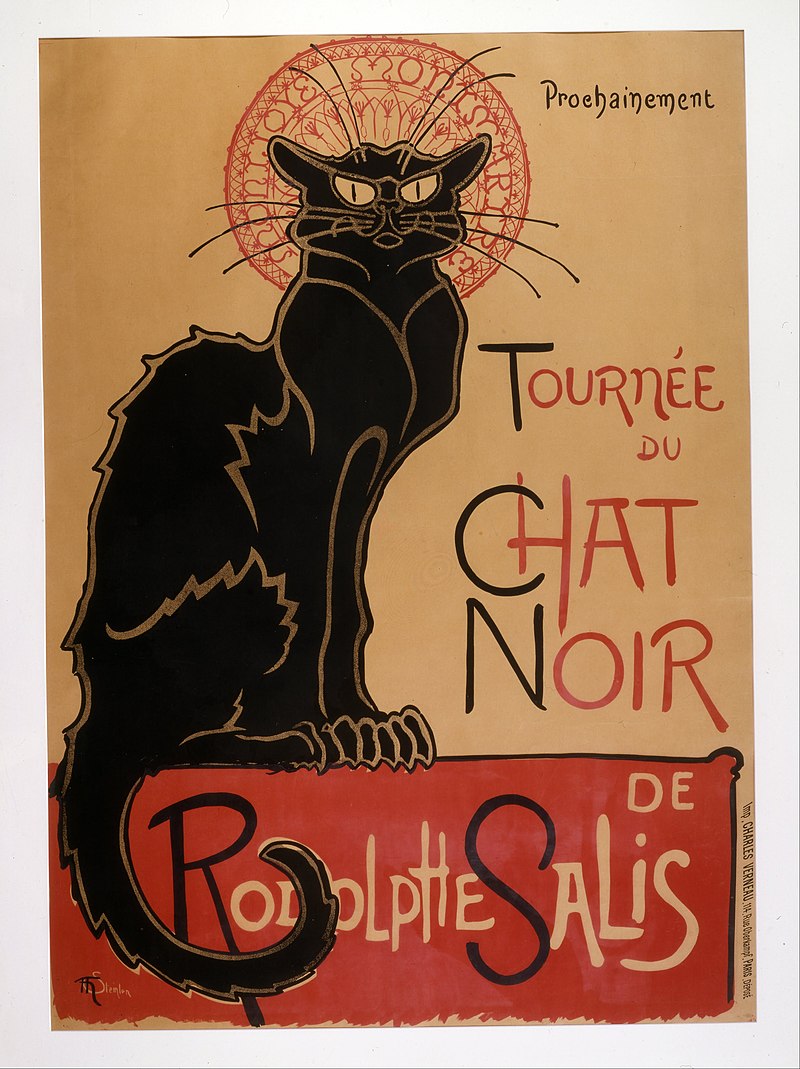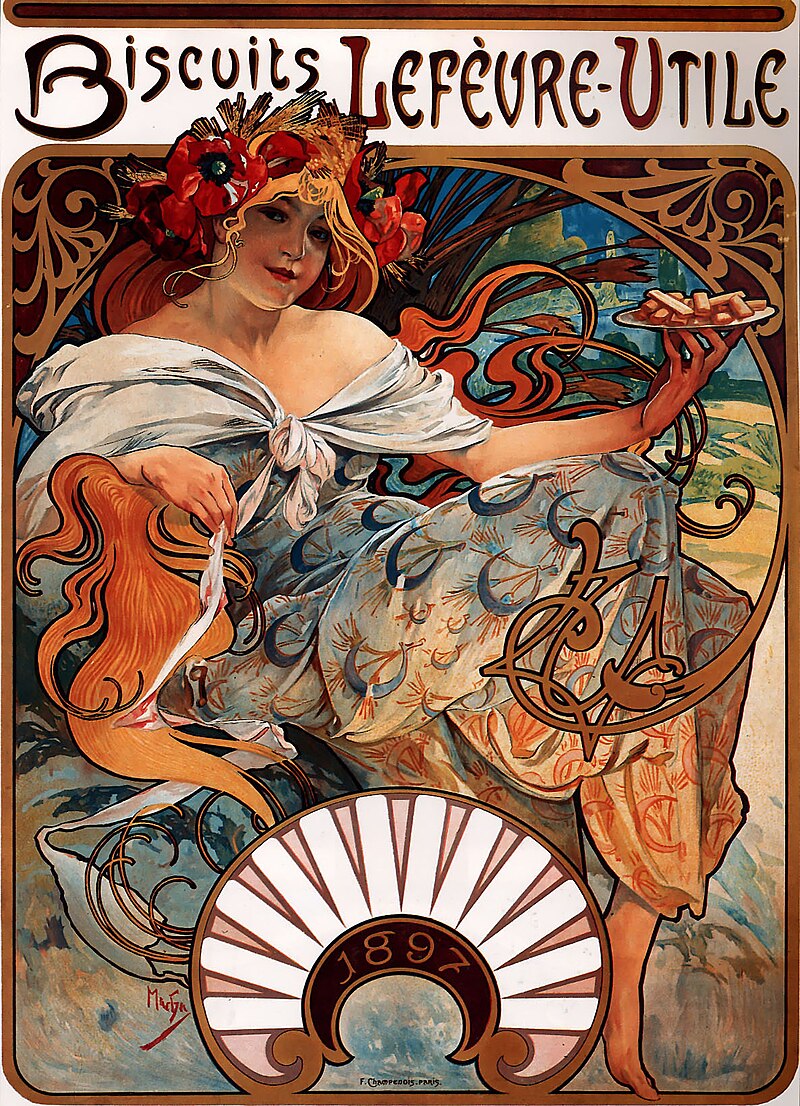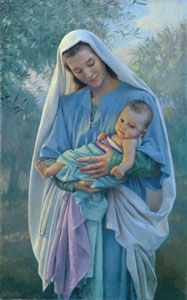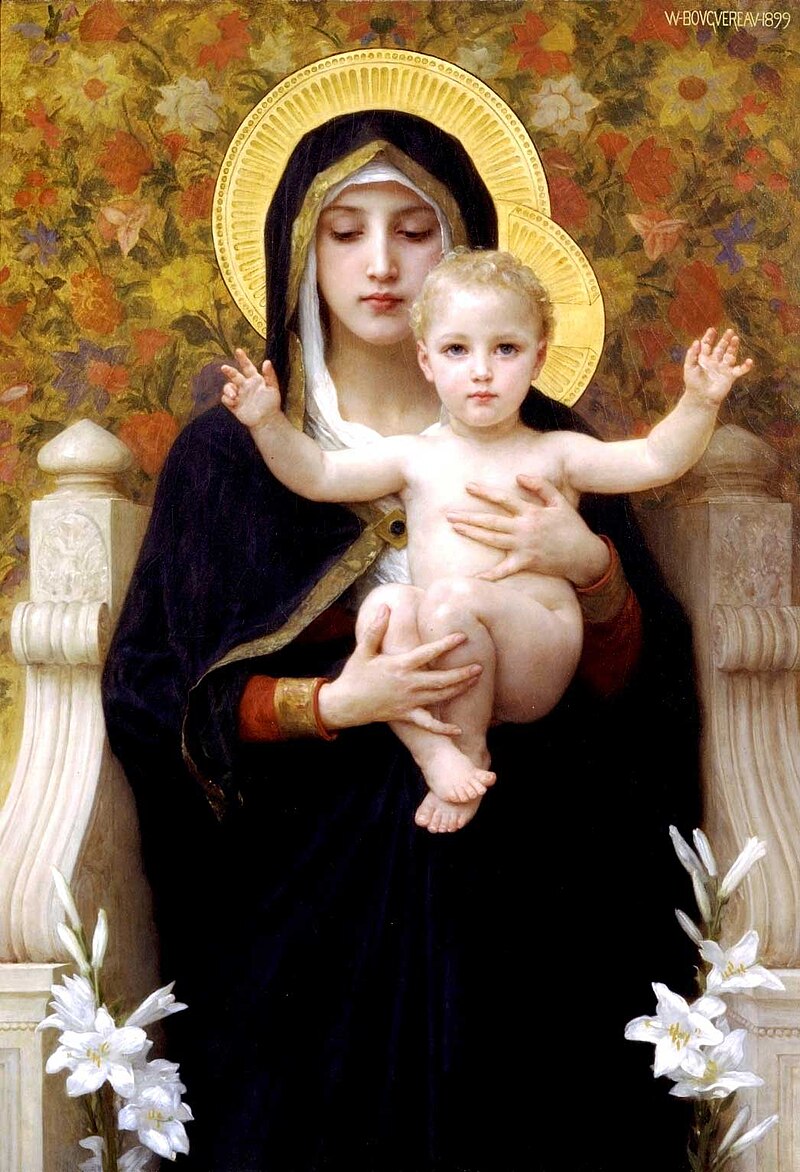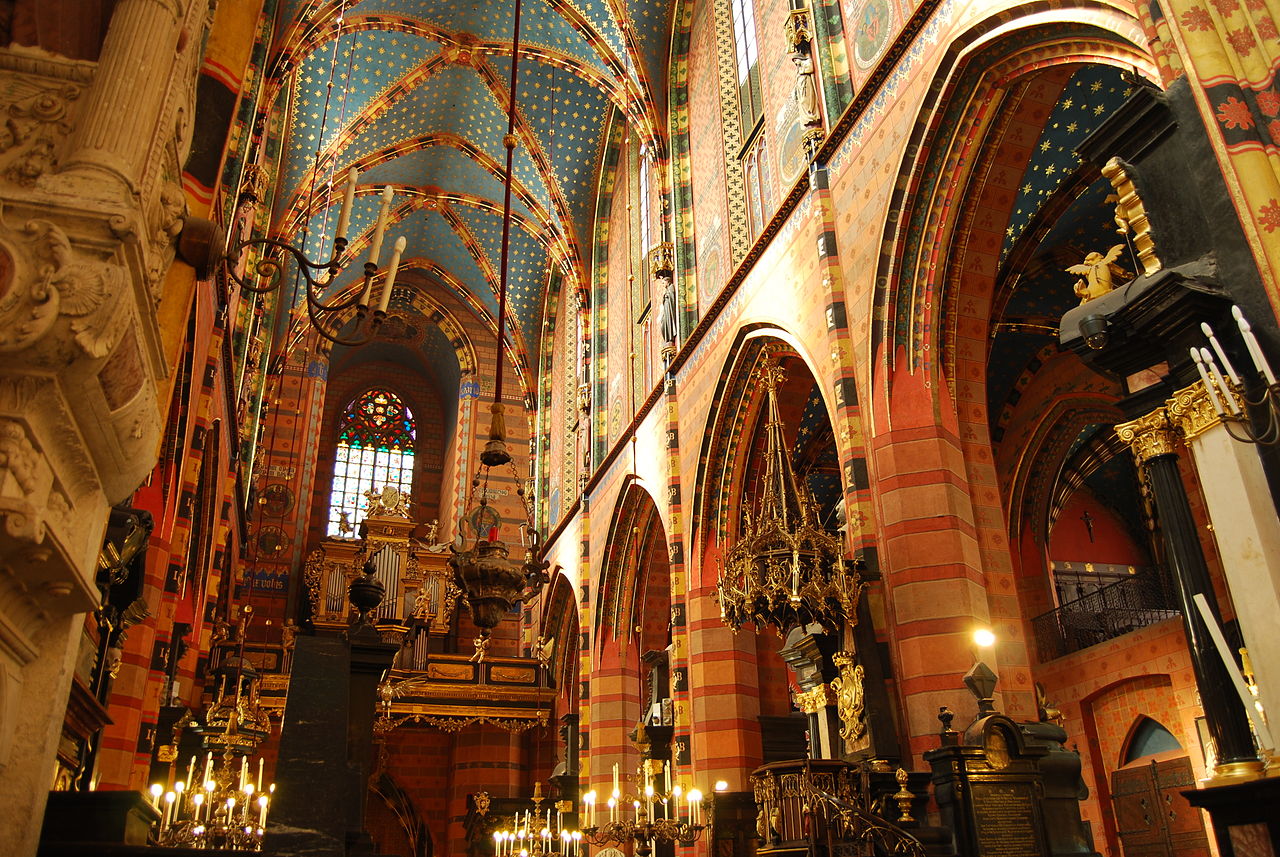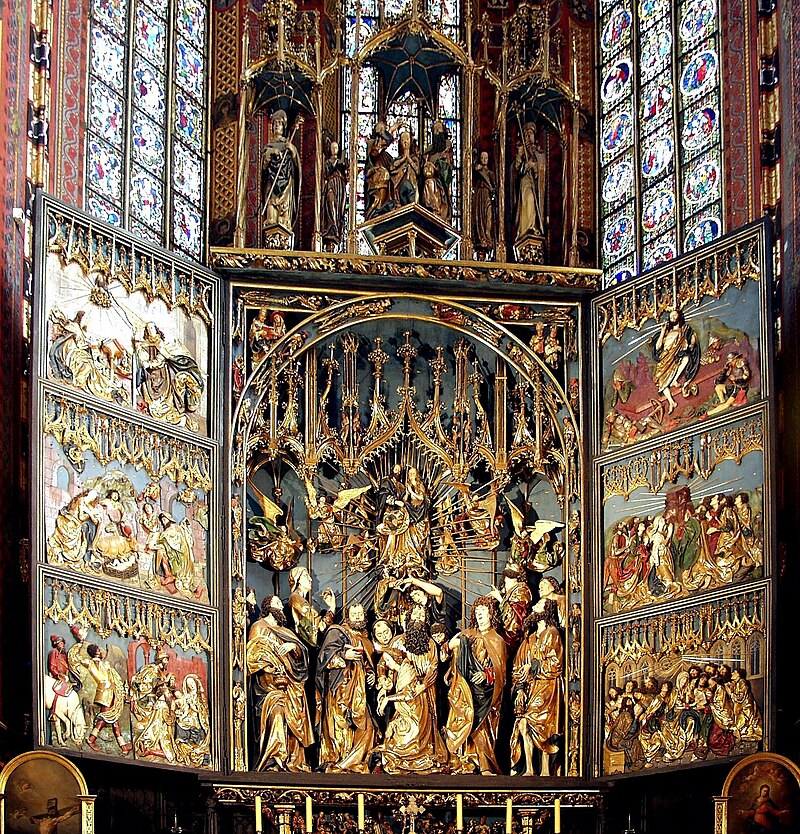"Let Those Who Have Eyes, See . . ."

Some of the most breathtaking views in The Universe are created by Nebulae — hot, glowing clouds of gas. This new NASA/ESA Hubble Space Telescope image shows the centre of The Lagoon Nebula, an object with a deceptively tranquil name, in the Constellation of Sagittarius. The region is filled with intense winds from hot Stars, churning funnels of gas, and energetic Star formation, all embedded within an intricate haze of gas and pitch-dark dust.
Image Credit: NASA, ESA, J. Trauger (Jet Propulson Laboratory).
Illustration: NASA
Wikipedia states that Charles Darwin promoted "Natural Selection" to explain things.
He described himself as an Agnostic.
Wikipedia states that Richard Dawkins is an Atheist, a patron of the British Humanist Association, and a supporter of the Brights Movement. He is well known for his criticism of
In his 1986 book, The Blind Watchmaker, Dawkins argues against the Watchmaker Analogy, an argument for the existence of a Supernatural Creator based upon the complexity of living organisms. Instead, he describes evolutionary processes as analogous to a blind watchmaker.

If you travel for 15,000 Light Years,
and if you go to the Constellation of Sagittarius,
you will see this.
It is the spectacular cosmic pairing of the Star "Hen 2-427" — more commonly known as
"WR 124" — and the nebula "M1-67", which surrounds it. Both objects, captured here
by the NASA/ESA Hubble Space Telescope, are found in the Constellation of Sagittarius
and lie 15,000 light-years away.
The Star "Hen 2-427" shines brightly at the very centre of this explosive image,
and around the hot clumps of surrounding gas that are being ejected into Space
at over 93,210 miles (150,000 km) per hour.
Illustration: NASA
Charles Darwin promoted "Natural Selection" to explain things.
He described himself as "an Agnostic".

Although we are used to seeing Saturn's Moons lit directly by the Sun, sometimes we can catch them illuminated by "Saturn-Shine." Here, we see Saturn's Moon "Mimas" (upper right of The Rings of Saturn) lit by light reflected off of Saturn.
Illustration: NASA
Wikipedia states that Jainism believes The Universe is eternal
and has no need for a Creator Deity.
"Every time I hear a new-born baby cry . . ."
"I Believe",
by
The Bachelors.
Available on YouTube at





